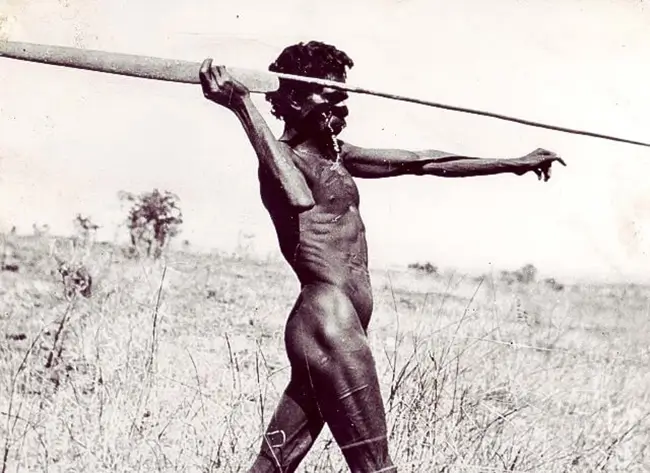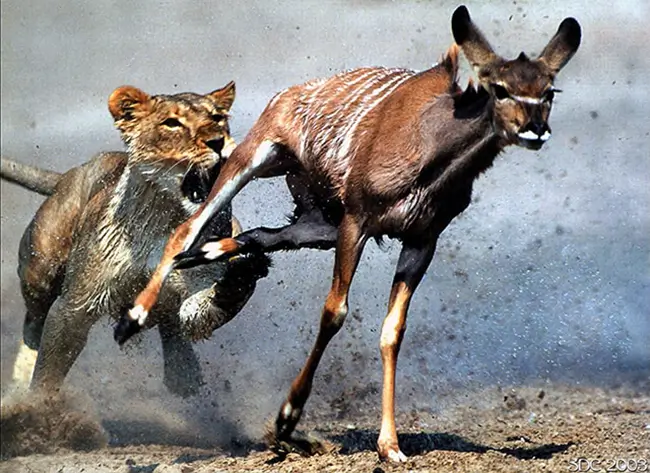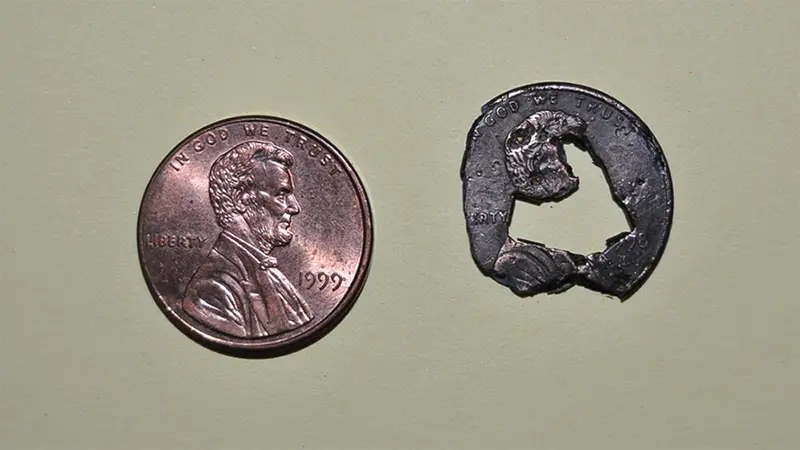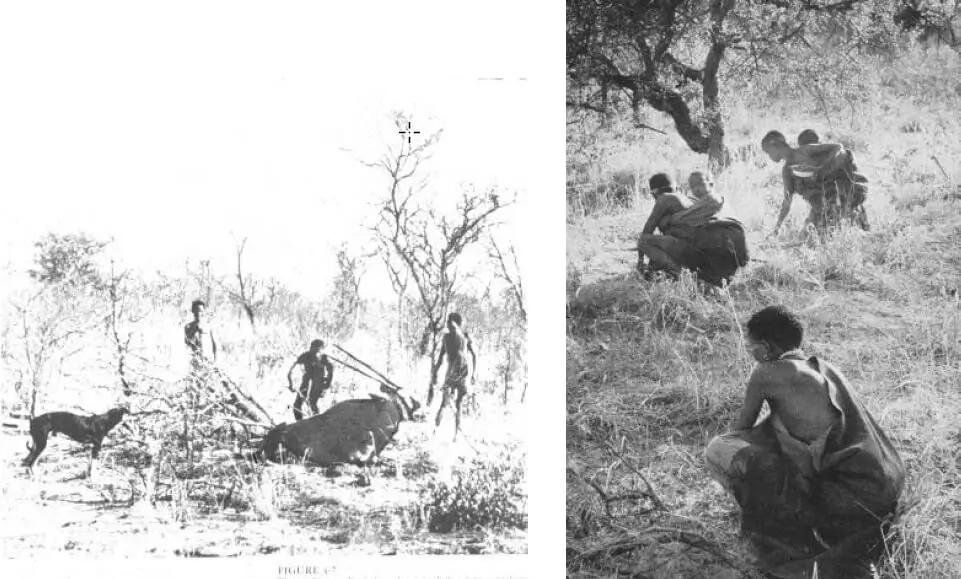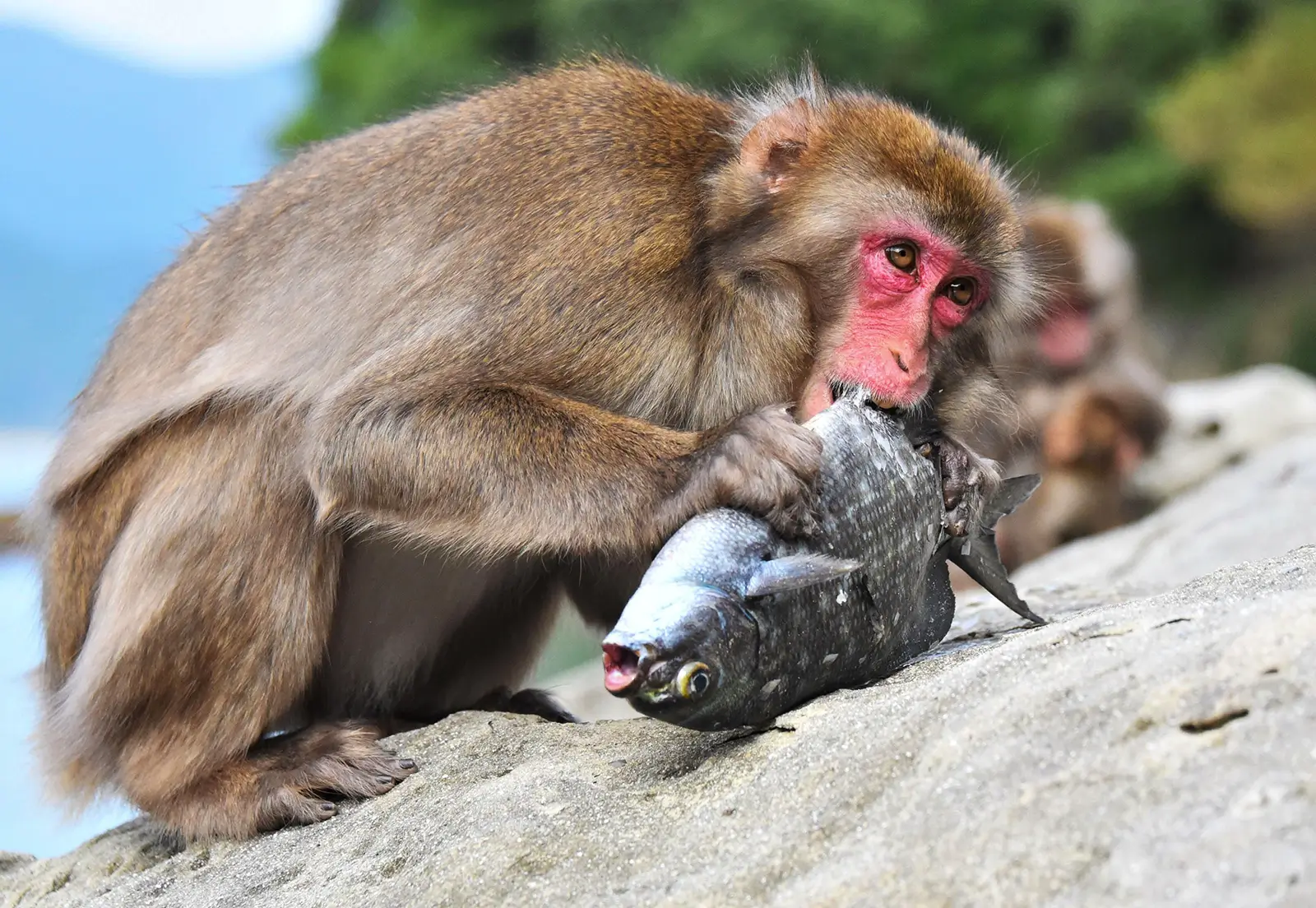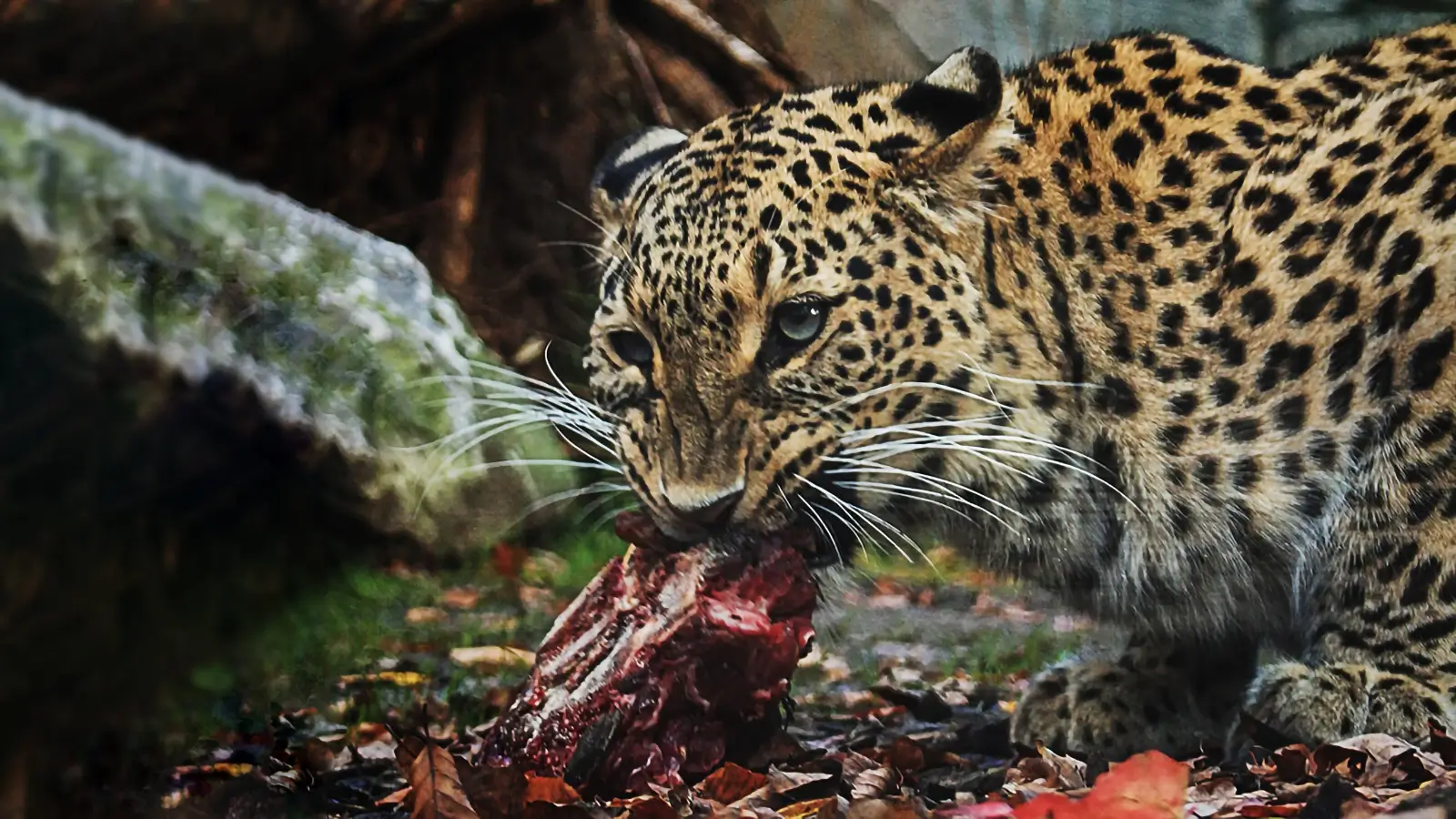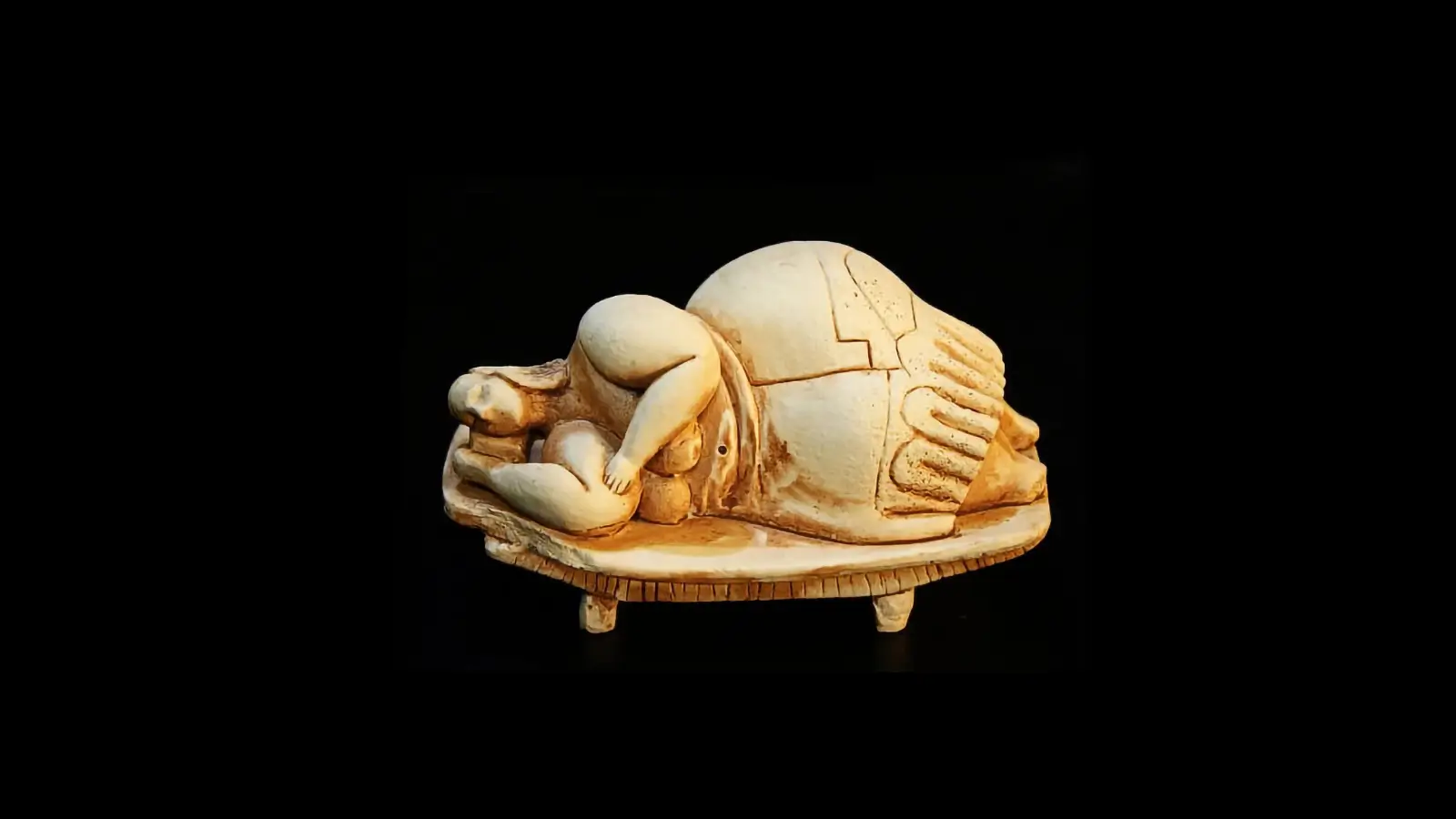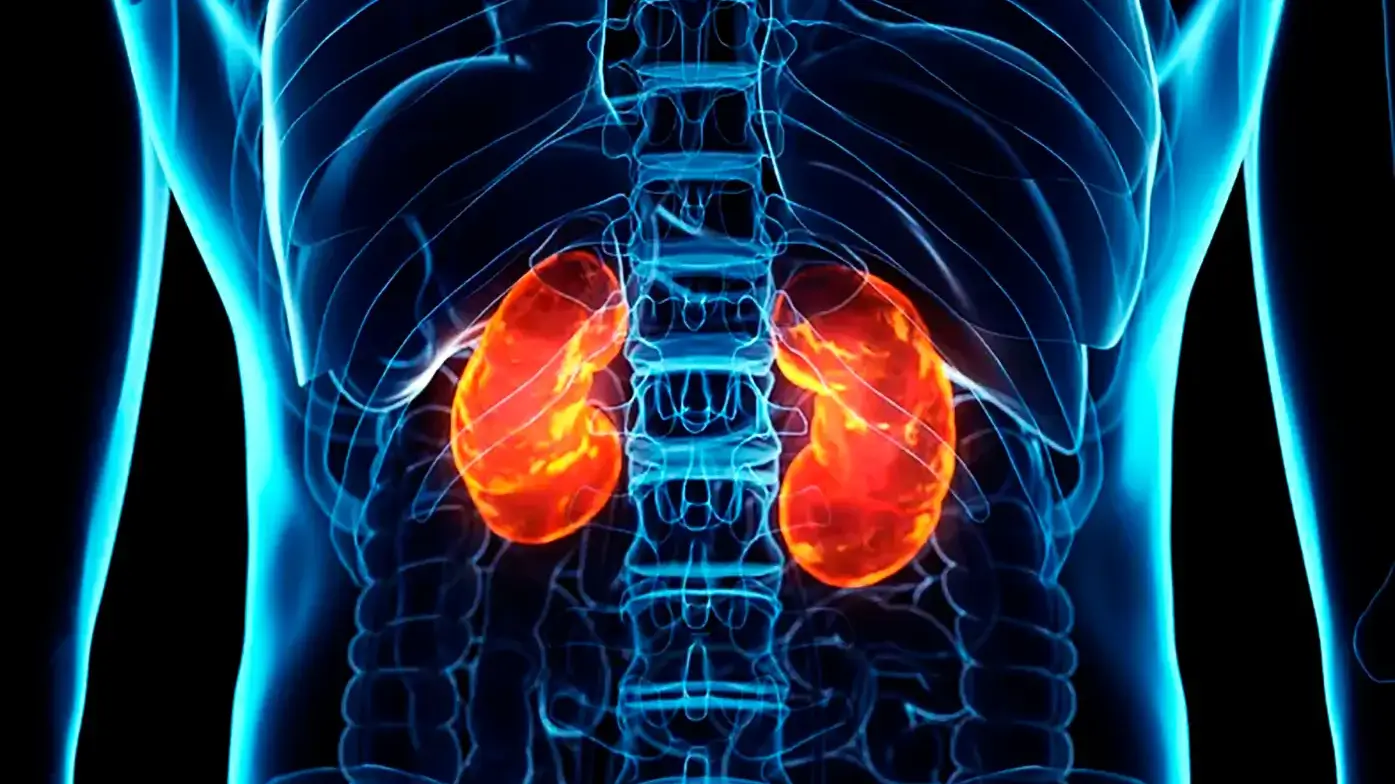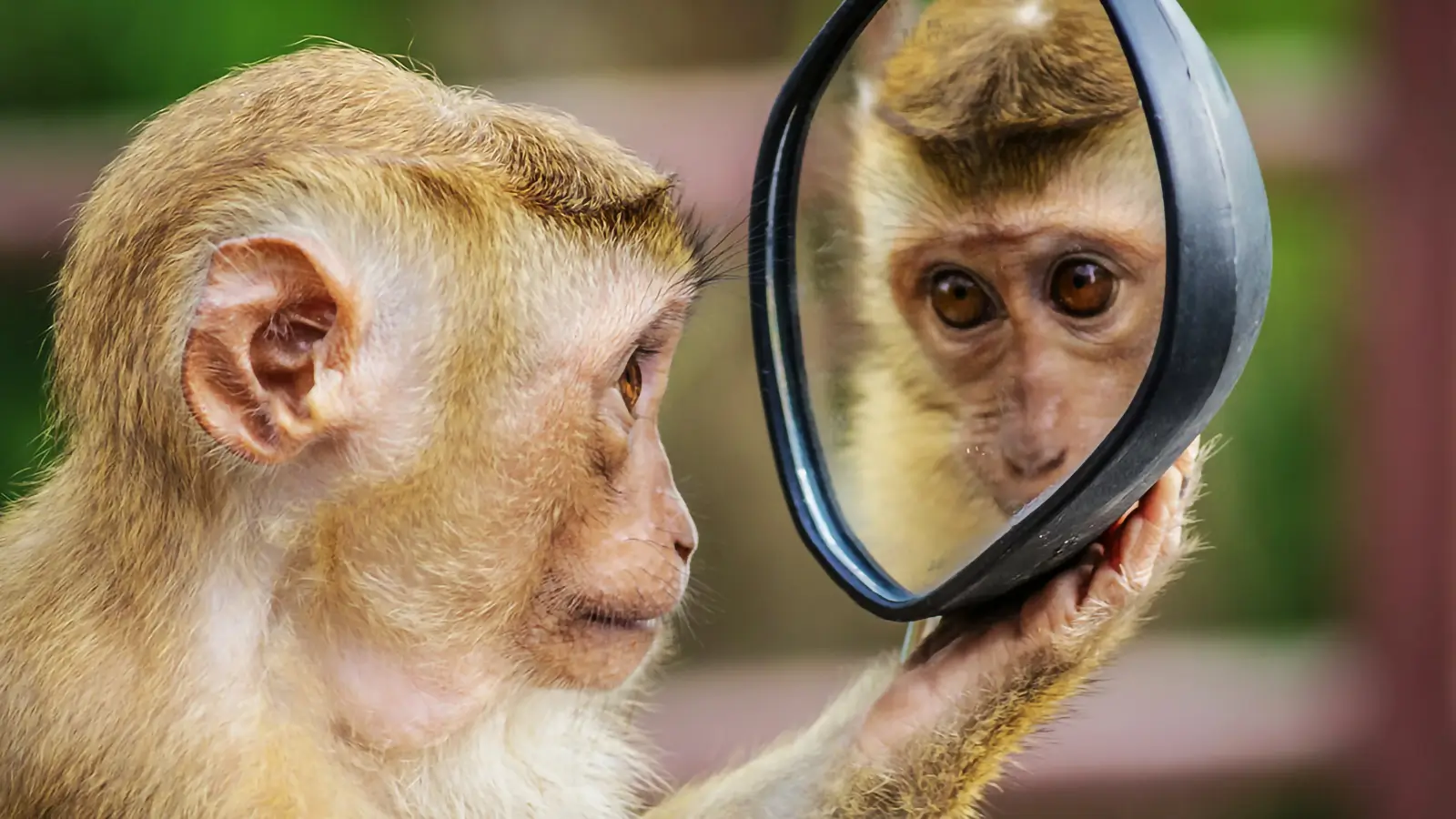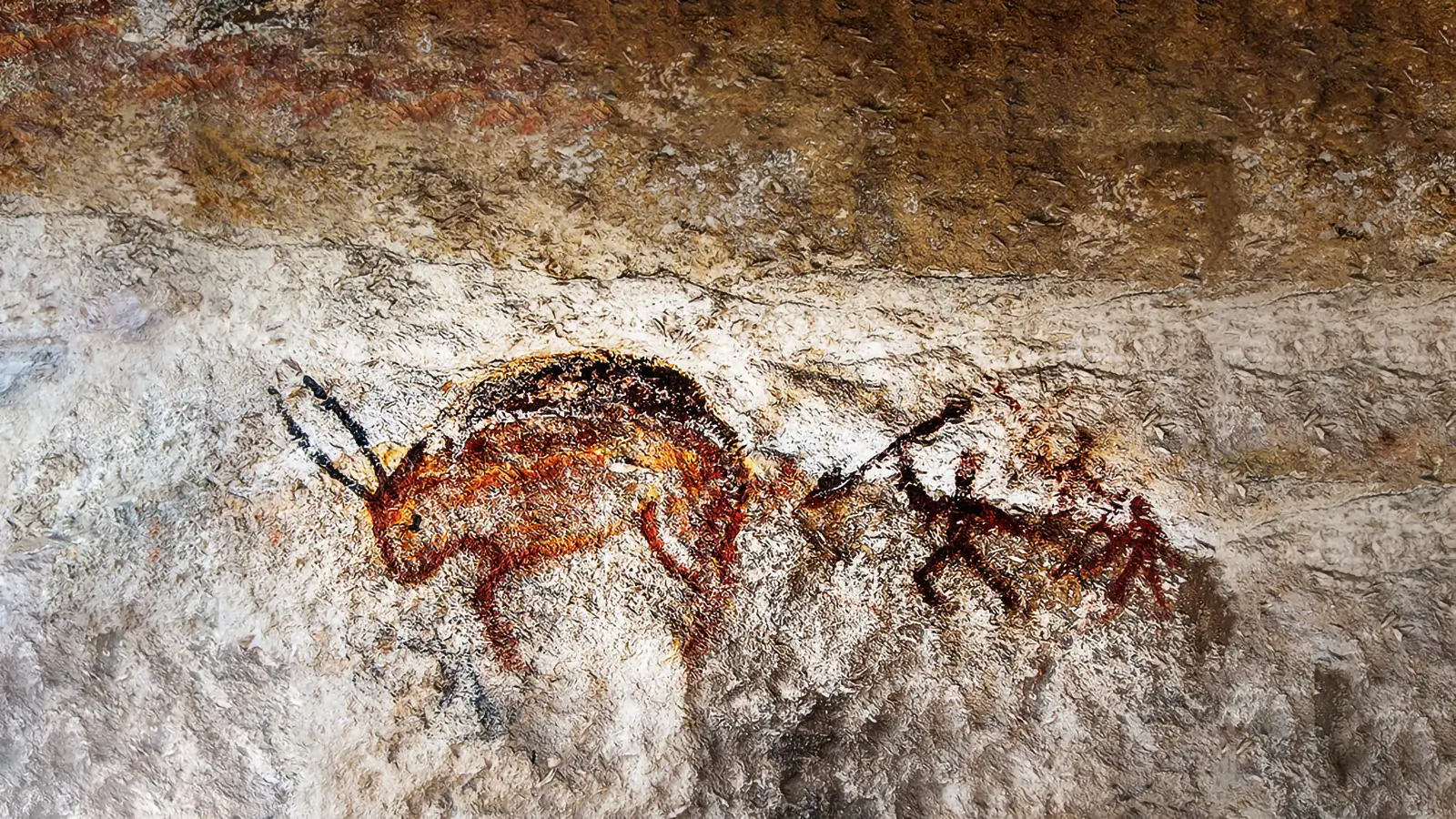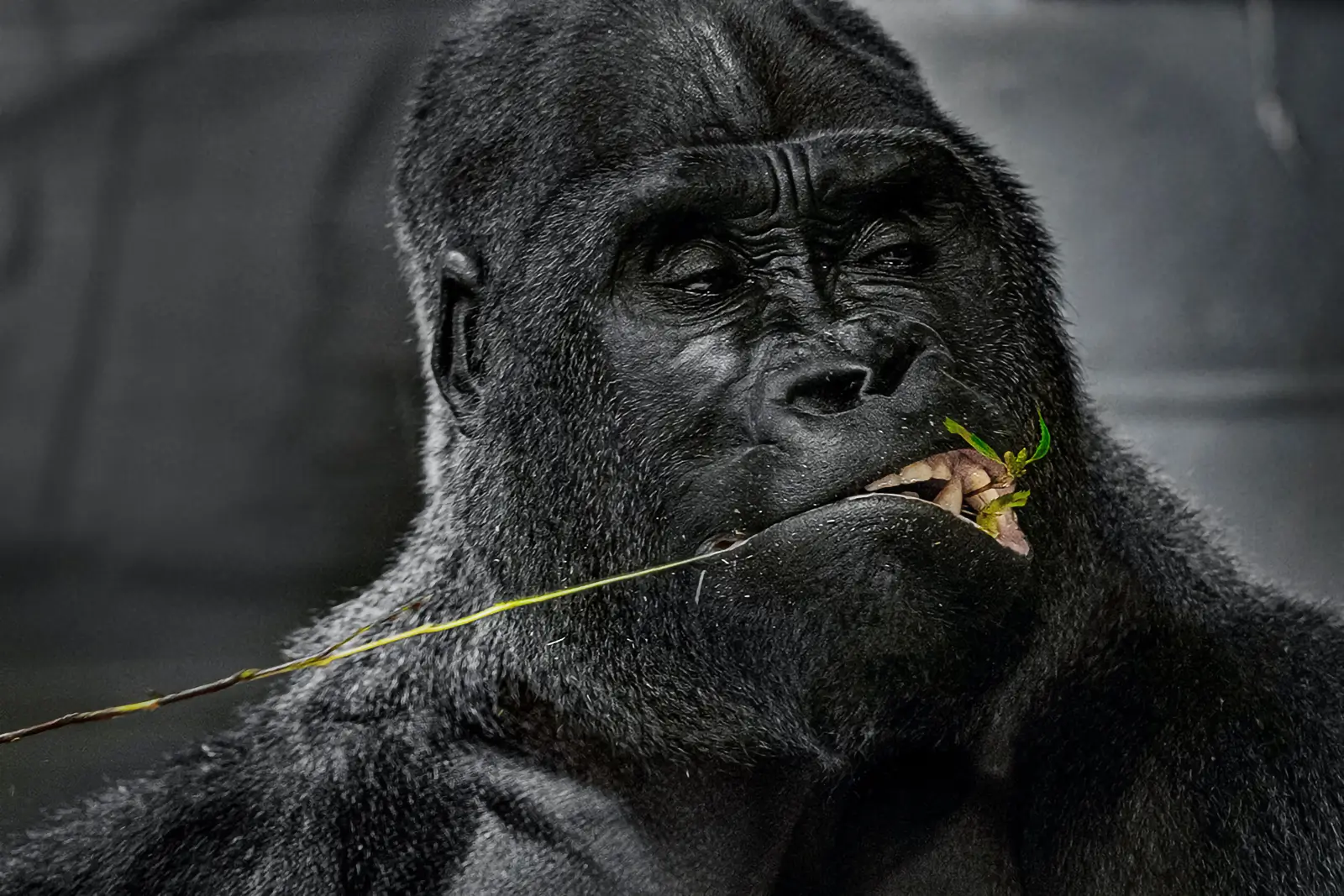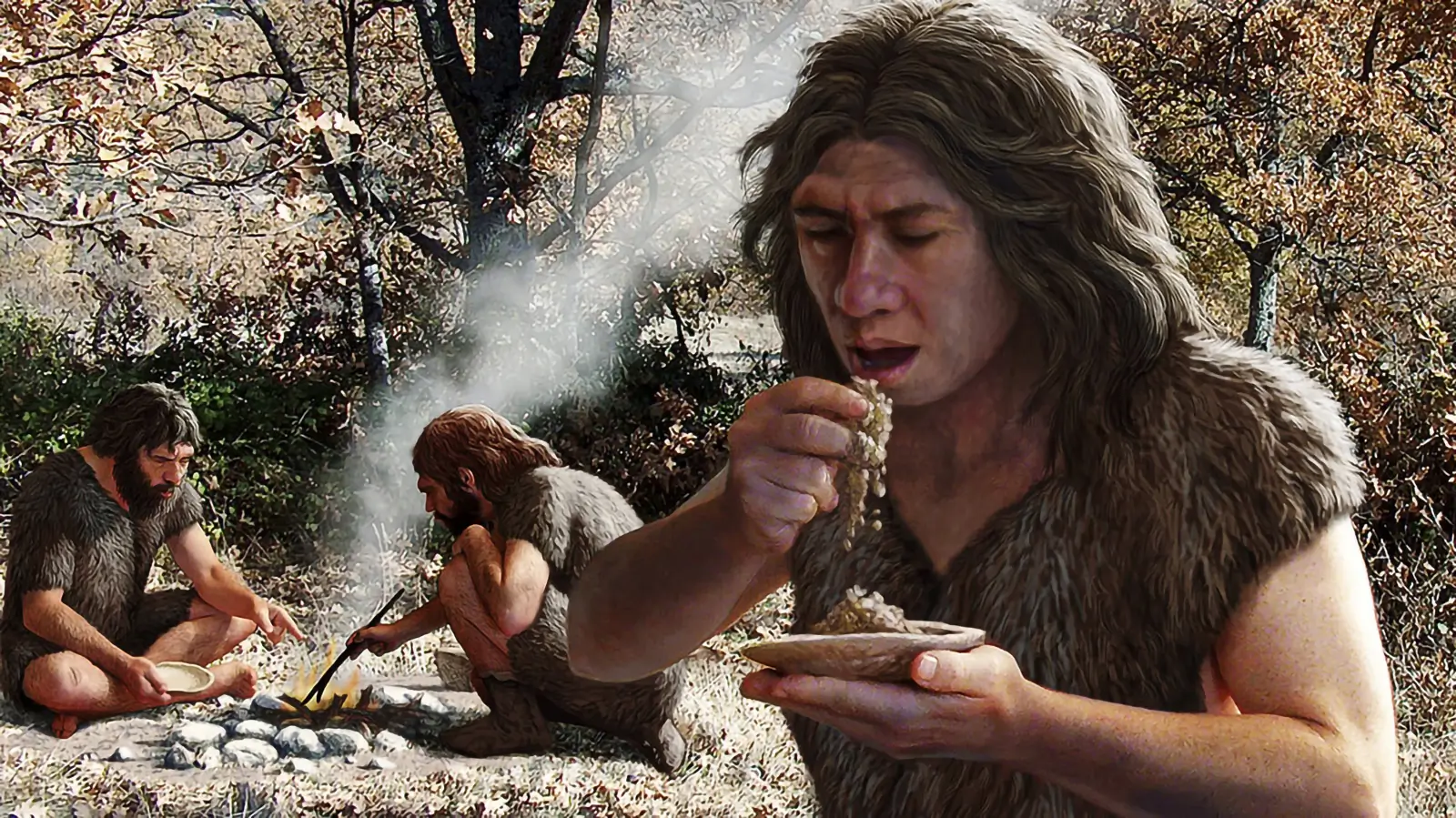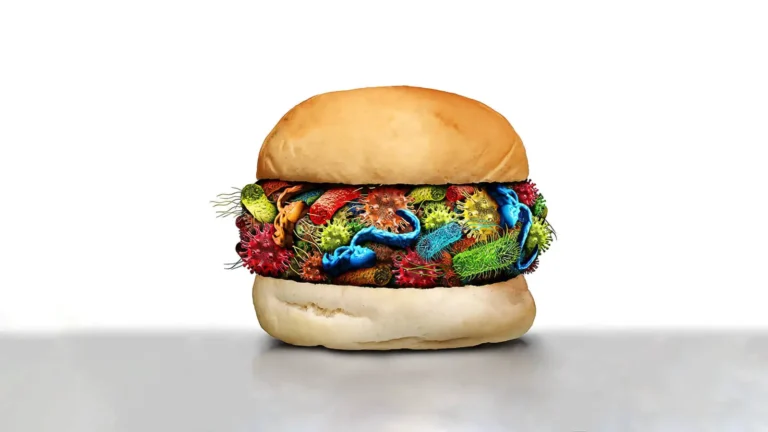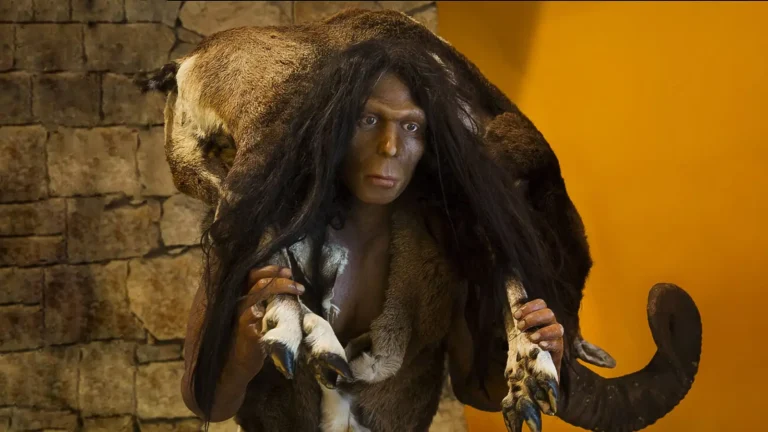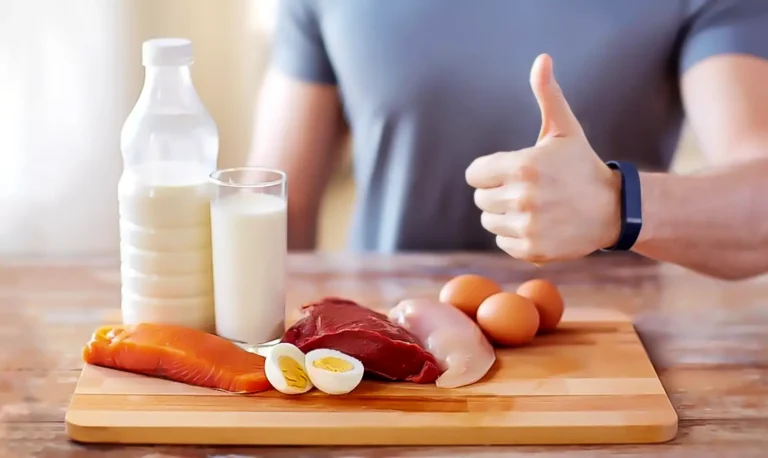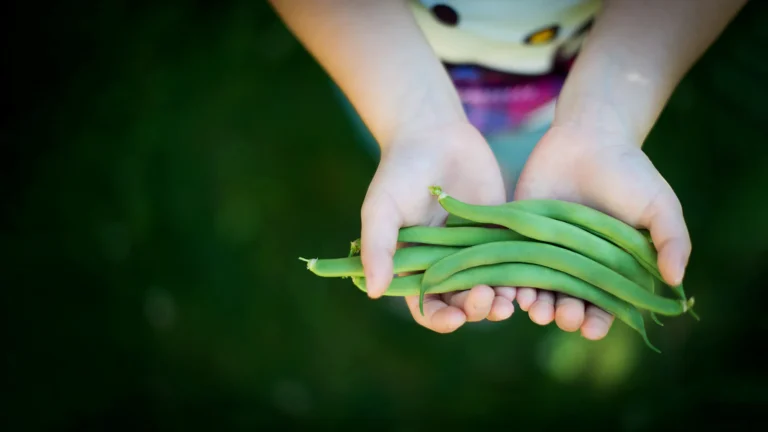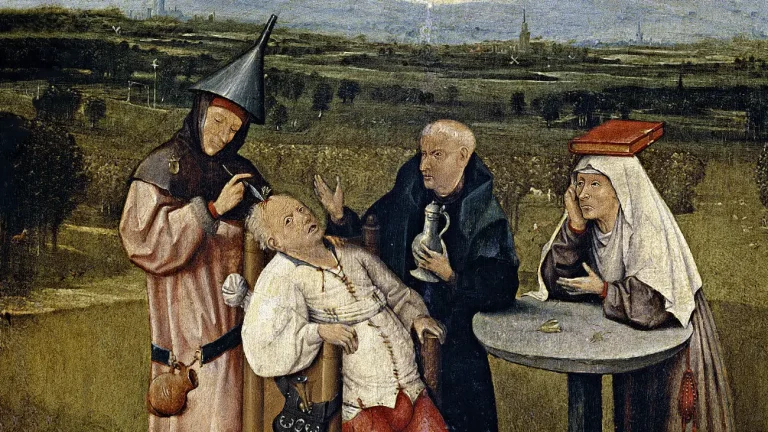Paleo diet- No meat in sight
Humans evolved for 50 million years from plant-eating mammals. Hunting is not natural hominin activity. The Paleo diet only existed for the last 200,000 years.
Milos Pokimica
Written By: Milos Pokimica
Medically Reviewed by: Dr. Xiùying Wáng, M.D.
Updated June 9, 2023A paleo diet is a diet based on foods that humans may have eaten during the Paleolithic Era. The Paleolithic Era lasted between 2.5 million and 10,000 years. Fruits, vegetables, lean meats, fish, eggs, nuts, and seeds are all part of a modern paleo diet. These are foods that people could get in the past by hunting and gathering. It excludes foods that became more common after the advent of small-scale farming after the Neolithic revolution around 10,000 years ago. These foods include grains, legumes, and dairy products.
The goal of a paleo diet is to consume foods that were most likely consumed by early humans. The diet is based on the notion that our genes are not well adapted to modern diets derived from farming. Farming increased the availability of foods such as grains and legumes. It also introduced dairy. Furthermore, farming altered the diets of the animals that people consumed. The idea behind the paleo diet is that these dietary changes have outpaced the human body’s ability to change or adapt. Today, this mismatch is thought to contribute to obesity, diabetes, and heart disease.
And the logic is great by their science is misused to push the agenda.
The problem with the paleo diet is that somehow paleo diet people just don’t understand that meat was not a vital source of calories in the paleo period and that the real paleo diet is something completely different than what they are advocating.
Also, human evolution is so far 50 million years long, and grains and legumes, and especially starchy vegetables had been consumed for a long long time. We are soo well adapted to digesting starch that we could reclassify ourselves as starch-vores and advocating avoidance of corn, peas, and white potatoes is just in the line of mental illness and delusion. All human civilizations in history actually only thrived on starches. All of our ancestors except the aristocracy that had enough money to eat meat were starch-based vegan dieters. Was it rice in Asia or grain in the middle east or corn in Mesoamerica doesn’t matter. All the human civilizations after the Neolithic revolution thrived on starch but what paleo people don’t understand most humans before the Neolithic revolution also thrived on starch. The only difference is that in the Paleo period potatoes were foraged and after the Neolithic revolution potatoes were cultivated.
In general, a paleo diet shares many characteristics with recommended healthy diets. The paleo diet feature is an emphasis on fruits and vegetables and the avoidance of processed foods. The Paleo diet problem is an emphasis on lean meat. Eating large amounts of lean meat is not a real paleo diet. It might be a paleo Neanderthal diet but even that is debunked by some recent studies (Vegan Neanderthals? The truth about the real Neanderthal diet).
What is a real Paleo diet, and the real question is, does it even matter? Evidence suggests that our ancestors, and even we as modern humans, are omnivorous to some extent. We can adapt to different environments to survive. Hominids did not spread across Africa, and then the entire globe, by utilizing just one foraging strategy. We did it by being flexible.
The Paleo period ran from roughly 2.6 million to 10,000 years ago. Practitioners of this type of diet are trying to simulate the conditions of living in Stone Age hunter-gatherer conditions. They are trying to eat a diet that is in line with the pseudo-hunter-gatherer lifestyle and give up modern agricultural inventions and processed foods.
Hunter-gatherers in the Stone Age lived by foraging and also by hunting. There is a belief that besides foraging hunting is also a natural human activity and that our natural diet is in line with both hunting and foraging. We must understand the difference between these two. These are two completely different diets.
In order to be a hunter, we will have to be able to hunt in as same as wild cats do. Because we are not adapted for chasing prey, and an average human will not be able to chase down a single squirrel, we will have to depend on some technology. If we do not have the technology, then we depend on food that we can forage.
Logically any form of hunting that will provide a consistent food supply before developing spears or traps will not be sustainable. The truth is that humans and our hominin ancestors are not anatomical hunters. Carnivorous animals are hunters and are adapted to consuming meat.
This means that carnivorous animals are designed for intermittent feeding while we are designed for constant feeding. If we count the energy content of natural foods humans can consume about 900 to 1200 calories in a single sitting which is less than our caloric needs. What this means is that we must eat a couple of times during the day to our full stomach capacity or eat smaller portions throughout the day. Every single day. When carnivores eat, they consume enough energy to last them for a week, and this is important because they will probably not be successful in hunting every day. They can eat carrion no problem. With an acidity of pH1, they have a sterile digestive tract. True omnivores have high resistance filter as well and can eat raw meat with no risk. The acidity of 1 is enough to dissolve not just bones but a metal penny too.
When they kill they do not care about bacteria and viruses, and they will feed on the rotting corpse until they catch something else. For us and our hominin ancestors, the small capacity of our stomach and inability to eat carrion means we cannot retrieve a great amount of energy from a single carcass before it rots and a large amount of energy wasted for catching that prey will put us in deficit.
Humans and Neanderthals even with paleo technology would not be more efficient in hunting than carnivorous animals are. Even in modern times with all of the rifles, hunters are not successful every time they go hunting. Hunting will put us in an energy deficit without preservation techniques.
Only in icy climates hunting large animals will be energetically in surplus because the meat of the carcass will freeze before it goes bad.
That is the reason Neanderthals became omnivores in northern Europe from purely plant-eating lineage.
In Africa, if we go around trying to catch something, and after ten days we are successful, we cannot even consume enough calories in that one meal to replace all of the energy we spent before the meat goes bad.
The only solution is fire. Before the roasting no meat for us. Even the cooked meat does not last for that long. Cooked meat or poultry in the Refrigerator (40 °F or below) has a storage time of 3 to 4 days. At insect-infested hot African savannah, time for consumption before spoiling is much shorter, and roasted leftovers are just baits for some large cats. If we do not catch something today and don’t eat and then do not catch something in 10 days in a row, probably we will be too starving and exhausted to hunt again.
For acquiring the meat on a sustainable basis, we will have to have a way of killing prey that is fast and conditioned to be chased by fast predators. In other words, we will have to have some traps or spears. The first hominin who could have done this is theoretically Homo erectus.
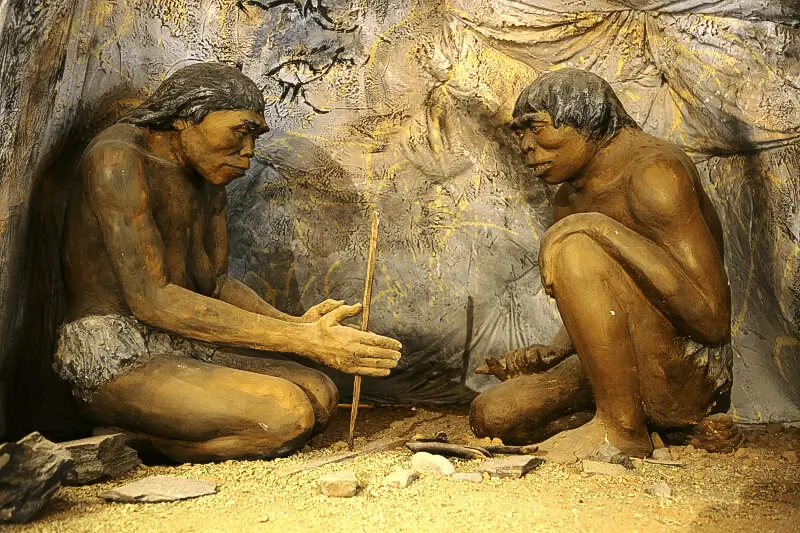
The problem with this is that we do not see any evidence of technology except fire and stone tools. Some scientists have a thesis that Homo erectus used fire to bate, isolate, and kill the animals, but in that scenario, he would have to have much higher intelligence. Using fire for hunting is not using fire, it is using wildfire. Wildfires can spread into large areas and can devastate the habitat and plant food sources and can burn the Homo erectus himself and his cave and half of Africa. If we assume that he was so smart to control the use of wildfire, something even modern firefighters have a problem with, we will have to level the Homo erectus intelligence to a greater extent. If he was capable of doing this, then he would be capable of creating other technologies like traps. That would allow him to spread to cold climates with snow and ice and that was not the case.
Stone tools and animal bone debris does not mean sustainable hunting on a large scale and a real meat-infused omnivorous diet. It means scavenging some meat left behind by big predators if we are lucky and cracking open the bones and head to eat the brain and bone marrow and occasionally killing some of the young and defenseless animals or injured or something in that nature. All of this can happen but on some lucky special occasions and not on large scale daily hunting as Neanderthals did.
If I jump on a gazelle, there would be two options. Gazelle will just run off or kicked me in the gut first and then run off. When we look at human hunting, it always relies on traps, bows, arrows, or other weapons to kill or spears to injure and then persistent hunting until the antelope is exhausted. All methods require the use of technology. Persistence hunting just by itself is not enough because that would mean running for tens of miles for prey and then carrying that prey for tens of miles and if we are lucky not to be seen by another big predator and became meal ourselves. Even if this is possible carrots tend to run slower than rabbits so if there are plant sources around hunting is not an option if we understand the optimal foraging strategies. As soon as this is acquired that species can spread to the cooler climate without abundant plant food sources.
The first hominin to have both conditions right was the Neanderthal and he spread to ice could Europe before us where he hunted large prey. Also, one other thing, even he did not like it. Nobody likes to hunt. We have this kind of romantic view of hunting where we think it is the macho manly thing that we enjoy like we enjoy playing video games. The truth is that it is a most dangerous life-threatening process that exists in nature not just to pray but for a hunter too. If not successful there is a lot of energy loss, and even if it is successful with no injuries, there will be a lot of pain and exhaustion. In the Ice Age in Europe going through five feet of snow is not easy, and there are cold temperatures, and we can die from cold or slip and fall and hit our head or twist an ankle or break bones or fall into the icy water. In summer or in Africa, we could get bitten by a poisonous snake or get in contact with a poisonous plant or fall in quicksand in the swamp, or just get attacked by a wild pack of lions or hyenas or get stung by a swarm of wild bees. That means if we were lucky and didn’t get into the territory of another hominin. Nature at that time was a dangerous and wild place.
If a modern man that knows how to survive in nature with all of our technology loses himself in the wilderness, the possibility for survival for an extended period is zero. In the wild nature of the past possibilities for death are endless. Hunting for hominins and humans is an extreme tactic for survival if nothing else is available. On another hand, if we are foraging and stumble upon a fresh corpse of some animal half-eaten, well lucky us.
Consumption of animal products was insignificant on a scale of forcing adaptation of hominin and human physiology. Our natural diet was based on fruits, flowers, leaves, and in later times vegetables and of tubers, nuts and seeds, and grains. In more recent times (1 Ma) after the invention of cooking, we have eaten grains, legumes, and other more difficult-to-digest tubers, and meat consumption was a couple of percent of total calories.
The first real omnivores were Neanderthals to some extent, not humans. We did not evolve in Europe we came out of Africa and entered Europe and other cold places around a hundred thousand years ago. That is an insignificant time in evolution.
The only way of hunting where metrics can work is in a larger type of community of modern Humans or Neanderthals with labor division, but this requires high cognitive capability with advanced social structures and hierarchy with language, technology like fire, spears, clothing, and so on.
So how will metrics work? It goes something like this.
A small group of hunters will go hunting. Not all of the men just small groups. Maybe one group or two depending on the size of the village. If the village is bigger more can go. They will go out to check the traps to see if anything smaller is trapped and then they will go hunting for something bigger like Antelope. Hunting can be directly killing or persistent hunting or something third. However, where the metrics work is that they will not eat the meat, they will bring it to the village for everyone to eat. Therefore, even if they themselves expended much of their energy and more than they can consume in a single sitting the entire village is in surplus because that antelope will not last enough to get spoiled it will be eaten immediately by the entire village. In return when they are not successful hunters would eat regular food gathered from foraging by other tribe members.
This is a complex social structure. When we look at African tribes of today like the Kalahari San people, for example, we can see something similar. Using poisons men can kill large and fast animals. Women have clever ways of rendering low-quality plant foods edible. Although archaeology suggests that the strategies used by San people are only a few thousand years old and are somewhat different from the strategies used by more ancient hunter-gatherers still it is on a similar line.
When anthropologists look at this, they will see a pattern that lasts 250,000 years to the time of the Neolithic revolution, and the conclusion would be that this behavior is natural and that we are omnivorous as bears. And you will have thousands of books everywhere about the paleo diet representing this short time period in human evolution as a basic human state. And the big question is how normal is this actually?
Our physiology evolved from small plant-eating mammals for more than 50 million years, and we had been using this hunting strategy for 200,000 years. Does our body physiology really cope reasonably well with a larger quantity of meat?
Russell Henry Chittenden, the father of American biochemistry, wrote back in 1904:
“We hear on all sides widely divergent views regarding the needs of the body, as to the extent and character of food requirements, contradictory statements as to the relative merits of animal and vegetable foods; indeed, there is a significant lack of agreement regarding many of the fundamental questions that continuously arise in any consideration of the nutrition of the human body.”
References:
Passages selected from a book: Pokimica, Milos. Go Vegan? Review of Science Part 1. Kindle ed., Amazon, 2018.
- “The Evolution and Changing Ecology of the African Hominid Oral Microbiome.” Proceedings of the National Academy of Sciences of the United States of America, vol. 118, no. 20, National Academy of Sciences, May 2021, https://doi.org/10.1073/pnas.2021655118.
Related Posts
Do you have any questions about nutrition and health?
I would love to hear from you and answer them in my next post. I appreciate your input and opinion and I look forward to hearing from you soon. I also invite you to follow us on Facebook, Instagram, and Pinterest for more diet, nutrition, and health content. You can leave a comment there and connect with other health enthusiasts, share your tips and experiences, and get support and encouragement from our team and community.
I hope that this post was informative and enjoyable for you and that you are prepared to apply the insights you learned. If you found this post helpful, please share it with your friends and family who might also benefit from it. You never know who might need some guidance and support on their health journey.
– You Might Also Like –

Learn About Nutrition
Milos Pokimica is a doctor of natural medicine, clinical nutritionist, medical health and nutrition writer, and nutritional science advisor. Author of the book series Go Vegan? Review of Science, he also operates the natural health website GoVeganWay.com
Medical Disclaimer
GoVeganWay.com brings you reviews of the latest nutrition and health-related research. The information provided represents the personal opinion of the author and is not intended nor implied to be a substitute for professional medical advice, diagnosis, or treatment. The information provided is for informational purposes only and is not intended to serve as a substitute for the consultation, diagnosis, and/or medical treatment of a qualified physician or healthcare provider.NEVER DISREGARD PROFESSIONAL MEDICAL ADVICE OR DELAY SEEKING MEDICAL TREATMENT BECAUSE OF SOMETHING YOU HAVE READ ON OR ACCESSED THROUGH GoVeganWay.com
NEVER APPLY ANY LIFESTYLE CHANGES OR ANY CHANGES AT ALL AS A CONSEQUENCE OF SOMETHING YOU HAVE READ IN GoVeganWay.com BEFORE CONSULTING LICENCED MEDICAL PRACTITIONER.
In the event of a medical emergency, call a doctor or 911 immediately. GoVeganWay.com does not recommend or endorse any specific groups, organizations, tests, physicians, products, procedures, opinions, or other information that may be mentioned inside.
Editor Picks –
Milos Pokimica is a doctor of natural medicine, clinical nutritionist, medical health and nutrition writer, and nutritional science advisor. Author of the book series Go Vegan? Review of Science, he also operates the natural health website GoVeganWay.com
Latest Articles –
Plant Based News
-
‘I Tried A Vegan Carnivore Diet – Here’s What It Was Like’
on June 18, 2025
-
What Is The Sugar Diet? The Truth Behind The Trend
on June 18, 2025
-
Heinz Launches Tomato Ketchup Zero With No Added Sugar
on June 18, 2025
-
Dairy-Free Milk Brand Mighty Drinks Enters Administration
on June 18, 2025
-
This Homemade Vegan Naan Could Beat Your Favorite Indian Restaurant’s
on June 18, 2025
-
Beyond Meat Embracing ‘Radical Transparency’ And Clean Functional Proteins, Says CEO
on June 17, 2025
-
10 Easy Vegan Ice Cream Recipes
on June 17, 2025
Top Health News — ScienceDaily
- Black coffee, longer life: The science behind your morning perkon June 17, 2025
Coffee might be doing more than fueling your morning routine it could be extending your life. A large-scale study by Tufts University suggests that drinking one to three cups of caffeinated coffee daily is associated with lower overall mortality, particularly from cardiovascular causes. But there s a catch: the benefits drop when sugar and saturated fats like cream are added in excess.
- The invisible killer: PM 1 pollution uncovered across Americaon June 16, 2025
A groundbreaking 25-year analysis using satellite technology has now mapped PM 1 levels across the U.S., uncovering how wildfires, vehicle emissions, and industrial byproducts have shaped the air we breathe. Although regulations have improved air quality over time, rising wildfire activity poses a growing challenge. This new dataset gives scientists and regulators a vital tool for targeting the most harmful pollutants and protecting public health.
- Only 13 % know: The one-minute self-exam that could save young men’s liveson June 16, 2025
A new survey shows most Americans wrongly think testicular cancer is an older man’s issue, despite it most commonly affecting men aged 20 40. Early detection is key but misconceptions about symptoms and screening remain widespread.
- Your brain has a hidden beat — and smarter minds sync to iton June 16, 2025
When we focus, switch tasks, or face tough mental challenges, the brain starts to sync its internal rhythms, especially in the midfrontal region. A new study has found that smarter individuals show more precise and flexible coordination of slow theta waves during key decision-making moments. Using EEG recordings and cognitive testing, researchers discovered that it s not constant brainwave synchronization that matters most, but the brain s ability to dynamically adapt its rhythms like a […]
- Scientists discover llama antibodies that shut down COVID — and its future variantson June 16, 2025
Powerful llama-derived antibodies could be the key to stopping not just current SARS viruses, but future ones too. Scientists have discovered a unique class of nanobodies that clamp the coronavirus spike protein shut at a highly conserved region, rendering it unable to infect cells. Unlike existing therapies that target mutating regions, this approach strikes at the virus s core machinery, giving it little room to evolve. Even when pushed to mutate, the virus faltered, making this a […]
- Single psilocybin trip delivers two years of depression relief for cancer patientson June 16, 2025
Psilocybin, the active ingredient in magic mushrooms, might just revolutionize how depression and anxiety are treated in cancer patients. In a groundbreaking trial, a single dose combined with therapy significantly reduced emotional suffering, and these effects often lasted over two years. As follow-up studies expand the research to multiple doses and larger samples, scientists are eyeing a possible new standard of care that merges psychedelics with psychological support.
- CRISPR-edited stem cells reveal hidden causes of autismon June 14, 2025
A team at Kobe University has created a game-changing resource for autism research: 63 mouse embryonic stem cell lines, each carrying a genetic mutation strongly associated with the disorder. By pairing classic stem cell manipulation with precise CRISPR gene editing, they ve built a standardized platform that mirrors autism-linked genetic conditions in mice. These models not only replicate autism-related traits but also expose key dysfunctions, like the brain s inability to clean up faulty […]
PubMed, #vegan-diet –
- Intermittent fasting strategies and their effects on body weight and other cardiometabolic risk factors: systematic review and network meta-analysis of randomised clinical trialson June 18, 2025
CONCLUSIONS: Minor differences were noted between some intermittent fasting diets and continuous energy restriction, with some benefit of weight loss with alternate day fasting in shorter duration trials. The current evidence provides some indication that intermittent fasting diets have similar benefits to continuous energy restriction for weight loss and cardiometabolic risk factors. Longer duration trials are needed to further substantiate these findings.
- Plant-Based Diet and Risk of Iron-deficiency Anemia. A Review of the Current Evidence and Implications for Preventive Strategieson June 17, 2025
PURPOSE OF REVIEW: This review provides a comprehensive overview of iron metabolism, emphasizing the influence of dietary patterns-particularly vegetarian and vegan diets-on iron status and associated health outcomes.
- Protein Intake and Protein Quality Patterns in New Zealand Vegan Diets: An Observational Analysis Using Dynamic Time Warpingon June 13, 2025
Background/Objectives: Inadequate intake of indispensable amino acids (IAAs) is a significant challenge in vegan diets. Since IAAs are not produced or stored over long durations in the human body, regular and balanced dietary protein consumption throughout the day is essential for metabolic function. The objective of this study is to investigate the variation in protein and IAA intake across 24 h among New Zealand vegans with time-series clustering, using Dynamic Time Warping (DTW). Methods:…
- Diet and nutrition in cardiovascular disease prevention: a scientific statement of the European Association of Preventive Cardiology and the Association of Cardiovascular Nursing & Allied Professions…on June 12, 2025
What we eat is a cornerstone of cardiovascular disease (CVD) prevention, but health professionals may not have a clear understanding of the current evidence-based research to underpin eating habits and recommendations. This study aims to appraise existing evidence-based research on the importance of diet on CVD risk biomarkers, specifically, the effects of dietary patterns, specific foods, and constituents including vitamins/minerals and plant-derived bioactive compounds on CVD risk. […]
- Synergistic Effects of Steam Impinged Microwave-Vacuum Blanching on the Textural Behavior of Vegan Pattieson June 11, 2025
The present study was carried out to understand the effect of the process variables of the combined microwave-vacuum-steam blanching process on the textural behavior of vegan patties. This novel blanching technique was systematically evaluated to optimize parameters, including microwave power density (3.8 W/g), steam duration (3 s), pea-to-potato mash ratio (0.252), patty thickness (0.866 cm), and microwave irradiation time (133 s). Fourier transform infrared (FTIR) spectroscopy was employed […]
Random Posts –
Featured Posts –

Latest from PubMed, #plant-based diet –
- Plant-based milk alternatives: can they replace the iodine from UK cow’s milk?by Katie Nicol on June 18, 2025
Current food systems pose risks to both population and environmental health. Reducing the intake of animal-based foods, such as dairy products, and increasing consumption of plant-based foods align with priorities for addressing climate change and promoting overall health. Plant-based alternatives to cow’s milk can be readily substituted for cow’s milk without altering meal patterns and food habits, making them a popular choice among those reducing animal-product consumption. However,…
- Diet quality, unprocessed plant-based foods, and vascular function in adults with CKD: Secondary analysis of a pilot randomized clinical trialby Luis Perez on June 18, 2025
CONCLUSION: Despite overall low diet quality, higher consumption of unprocessed, plant-based energy and nutrients was associated with lower arterial stiffness. Future studies are needed to explore these associations in larger cohorts with CKD and the effects of diet quality interventions.
- Biaxial testing and sensory texture evaluation of plant-based and animal deli meatby Skyler R St Pierre on June 18, 2025
Animal agriculture is one of the largest contributors to global carbon emissions. Plant-based meats offer a sustainable alternative to animal meat; yet, people are reluctant to switch their diets and spending habits, in large part due to the taste and texture of plant-based meats. Deli meat is a convenient form of protein commonly used in sandwiches, yet little is known about its material or sensory properties. Here we performed biaxial testing with multiple different stretch ratios of four…
- Intermittent fasting strategies and their effects on body weight and other cardiometabolic risk factors: systematic review and network meta-analysis of randomised clinical trialsby Zhila Semnani-Azad on June 18, 2025
CONCLUSIONS: Minor differences were noted between some intermittent fasting diets and continuous energy restriction, with some benefit of weight loss with alternate day fasting in shorter duration trials. The current evidence provides some indication that intermittent fasting diets have similar benefits to continuous energy restriction for weight loss and cardiometabolic risk factors. Longer duration trials are needed to further substantiate these findings.
- Evidence-based review of the nutritional treatment of obesity and metabolic dysfunction-associated steatotic liver disease in children and adolescentsby Sara Karjoo on June 17, 2025
The growing pediatric obesity epidemic has paralleled the surge in metabolic dysfunction-associated steatotic liver disease (MASLD) and metabolic dysfunction-associated steatohepatitis. It develops due to nutritional imbalances, microbiome dysbiosis, gene regulation, hormonal changes, and environmental factors like food deserts, low activity level, and an unhealthy lifestyle. The prevalence of MASLD and obesity is rising every year. Lifestyle changes remain the mainstay treatment for obesity […]
- Culinary Medicine for Chronic Kidney Diseaseby Rebecca Schlueter on June 17, 2025
Culinary medicine is an emerging, evidence-based discipline that integrates medical and nutritional care with practical culinary strategies to mitigate the risk and progression of chronic kidney disease (CKD). Culinary Medicine, which falls under the broader movement of “Food is Medicine”, supports culturally relevant, person-centered health care goals. It addresses strategies to overcome the health risks of the standard American diet, high in animal protein, salt, sugar, and ultra-processed…
